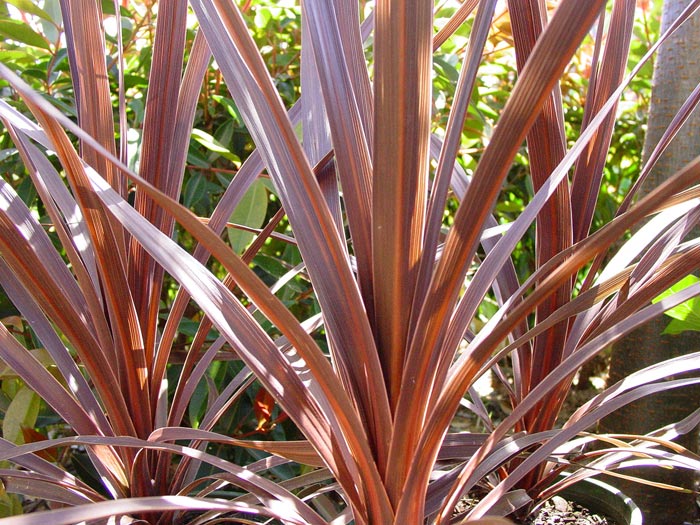
Cordyline Plants: Bring Tropical Beauty to Your Home
I’m sure I’m not the only one who proudly admits to being a plant killer, but trust me it’s not that easy to do so. Since as modern people we’re all more or less workaholics, there isn’t enough time for anything else other than work which makes hobbies practically left aside. I’ve always enjoyed the sight of beautiful gardens and considered gardening as my hobby, but of course deciding to take care of a garden is quite different from merely enjoying it from afar. Not having the right amount of time meant either overwatering or underwatering the plants, and killing them in the process.
It took introducing cordylines plants that ensure a tropical-like ambiance wherever they’re planted, to restore my faith in my gardening skills. As plants that originated in Papua New Guinea and the southeastern coast of Asia, they thrive in warmer climates, considering some species can even withstand temperatures above 40°C. They found their way to Australia and Hawaiian islands through the Pacific. The cordylines plants have a great value in feng shui as plants that bring luck, and were considered sacred to Hawaiian gods, can really add to the garden and indoor décor as well.
What one has to have in mind though is the difference when planted outside versus brought indoors. Planted outside in full-sun spots, they require more watering as opposed to when planted in partial shades, whereas indoors look for bright enough spots where there isn’t direct sunlight. Though high humidity is preferred, watering should be reduced in winter, especially when temperatures drop below 16°C which is when cold cold drafts should also be avoided. Nowadays however, there are newer forms of cordylines that are cold tolerant and can be recognised by their purple or reddish leaves. Cold tolerant variants do get by with minimum watering. One thing to remember though is to only water when at least 1 to 2 inches of soil feel dry.
Thriving in a rich, well-drained potting mix, these plants do well with fertilising and feeding with pellets (Dynamic Lifter preferably) so you have to add fertilising in your chores as well. The reddish or yellowish flowers they produce that are known for their fragrance are worth all the caring for the needs of these plants, and trust me, there aren’t that many as other plants I’ve had. Though there are 15 species of cordylines, the commonly cultivated ones are Cordyline australis and Cordyline terminalis.
Considering they are palm-like, they do need occasional trimming. Best way to handle it is to trim stems in a staggered pattern. Beware of pests, snails in particular as they love cordyline leaves and this is where pellets can help you. Caterpillars usually appear in the flowering period considering they feed on flowers, so make sure you do a regular checkup and remove them as soon as you spot them.


No Comments